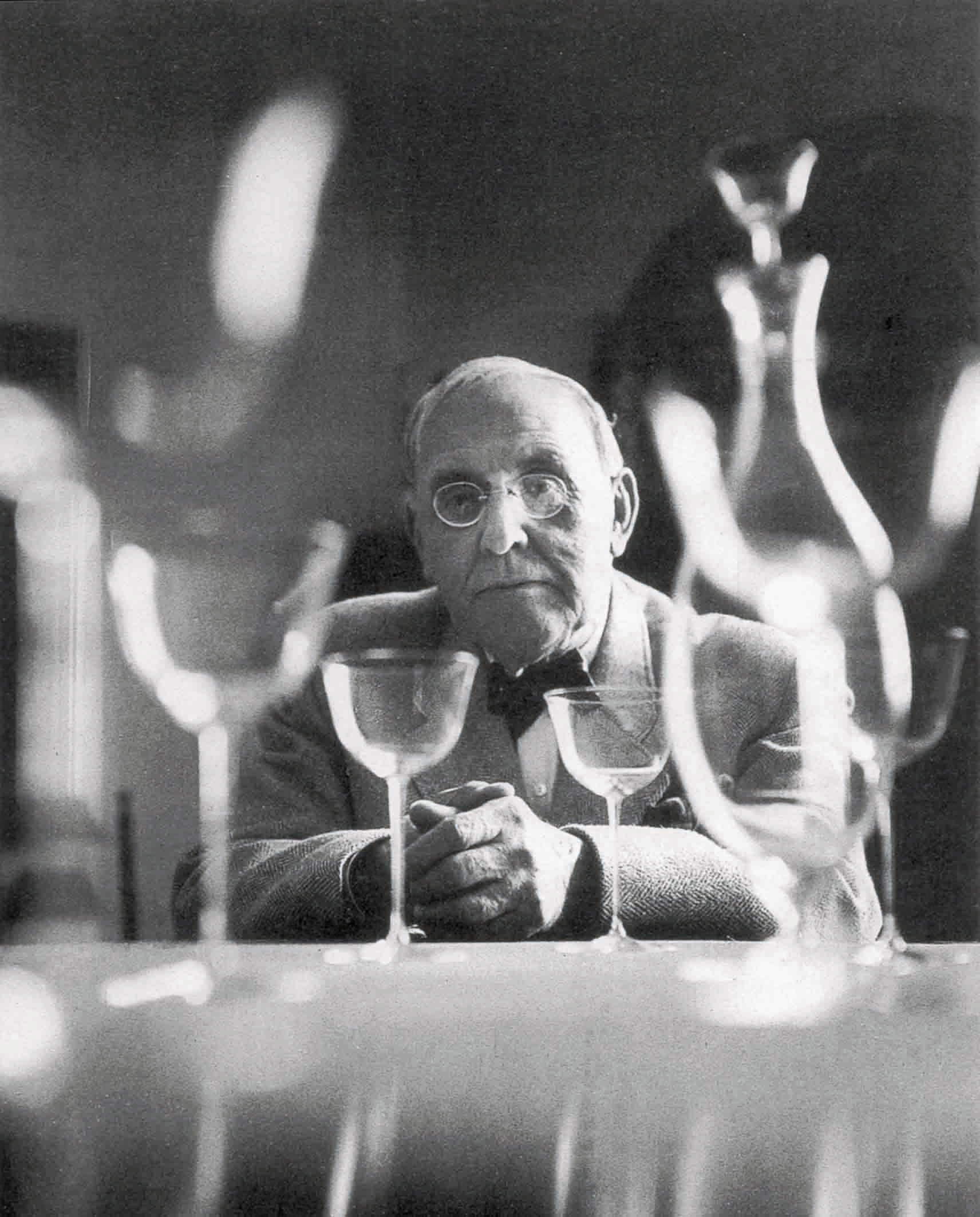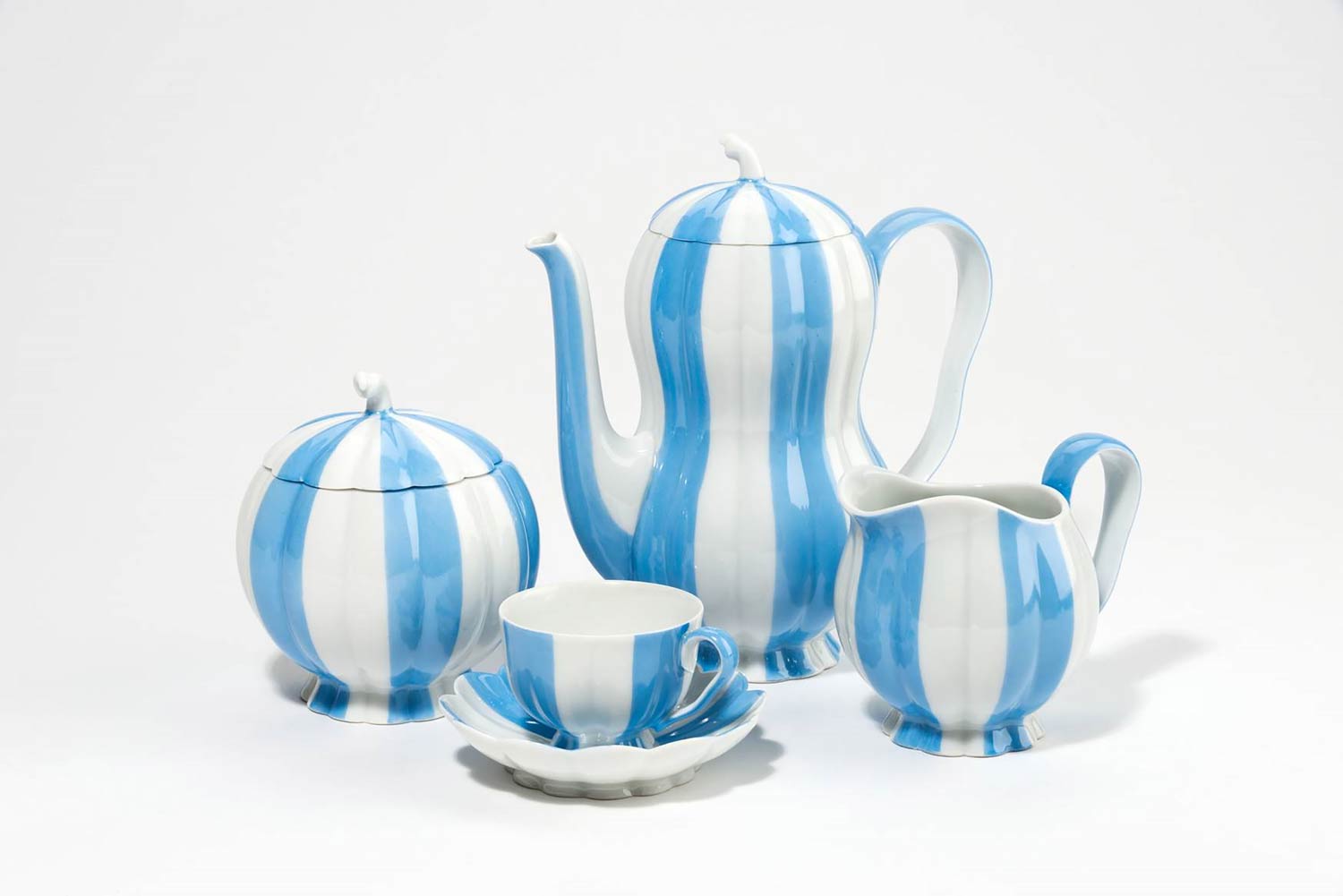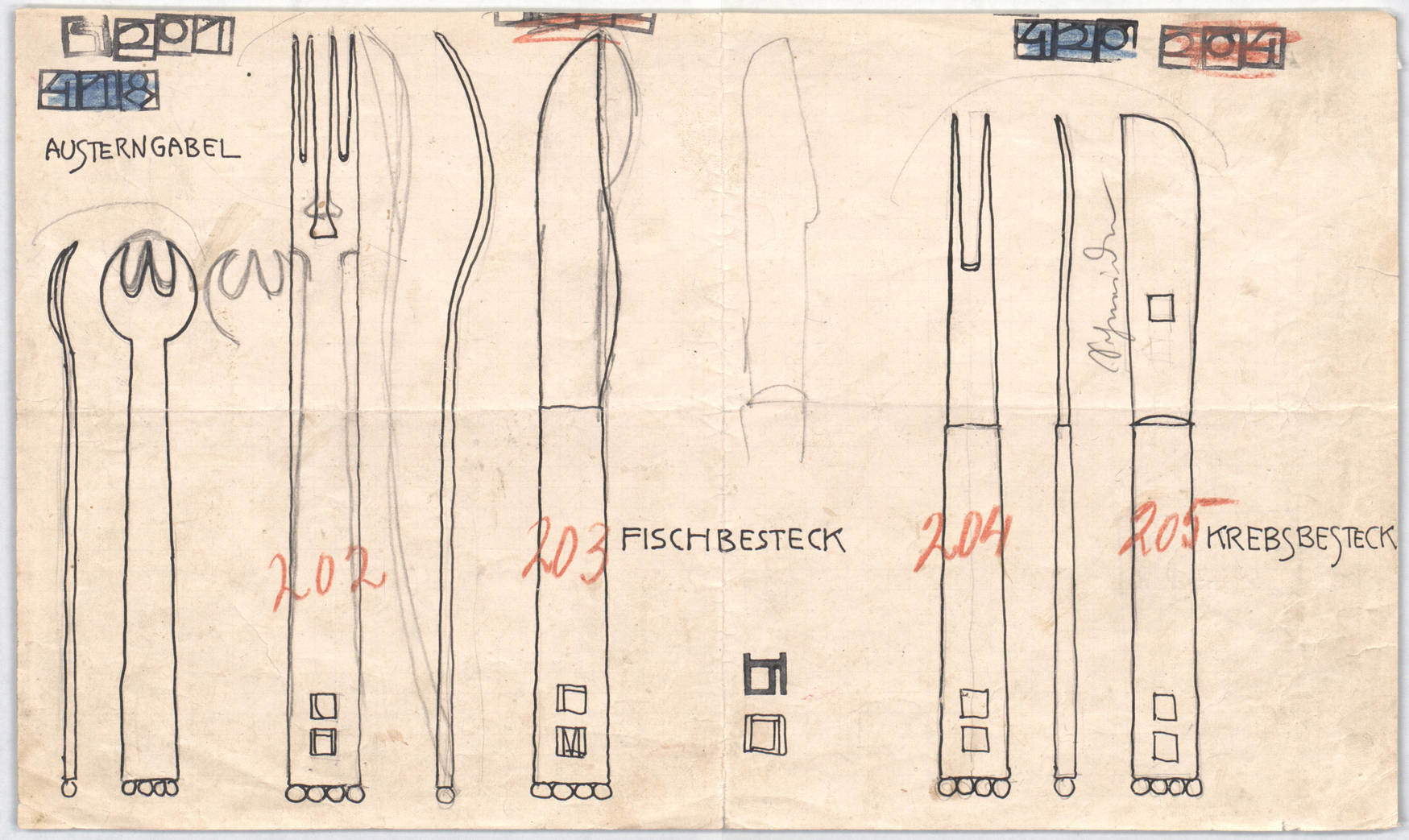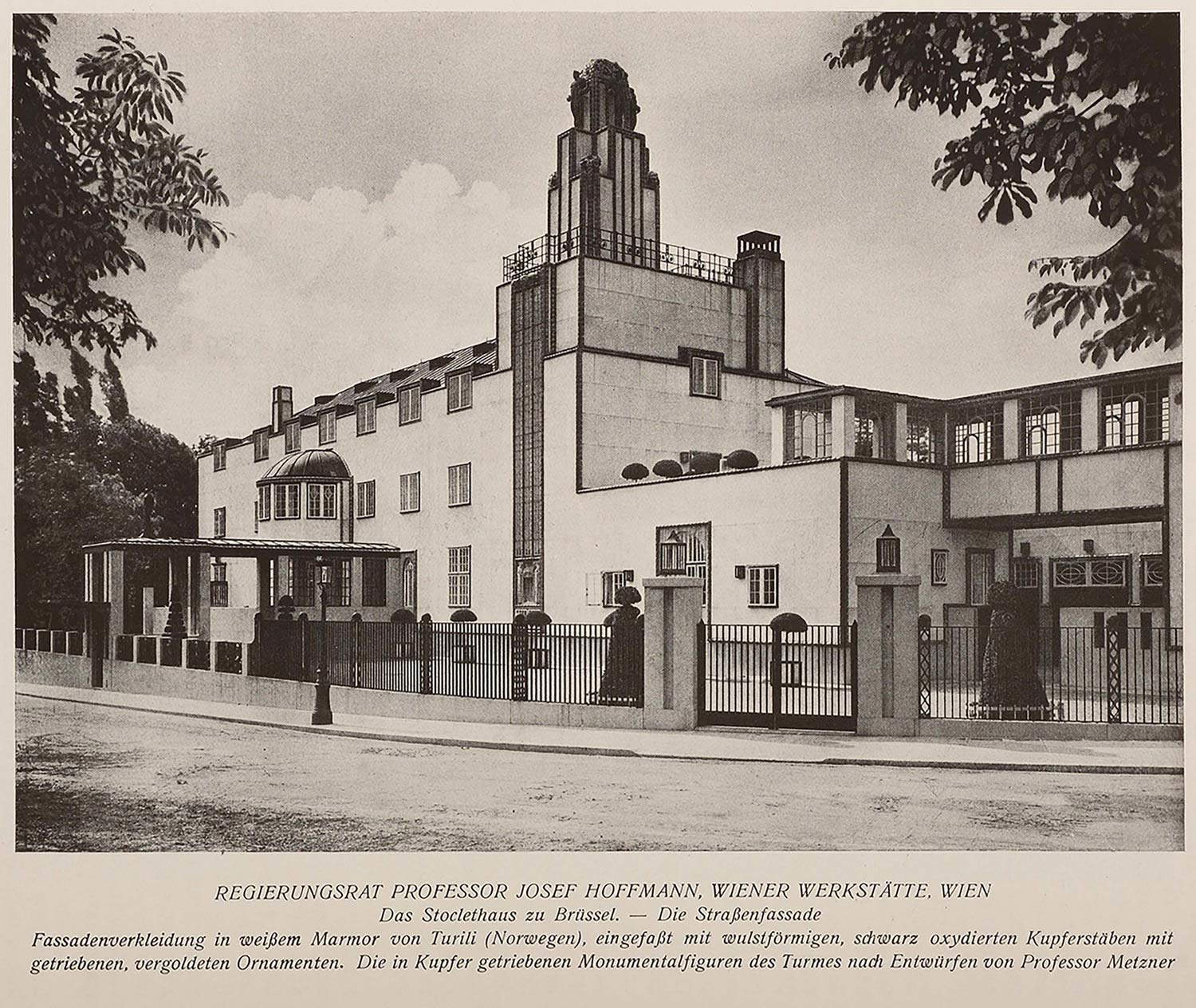Atotal work of art: this was the basic principle on which the Wiener Werkstätte, an art movement founded in 1903 by architect Josef Hoffmann (Brtnice, 1870 - Vienna, 1956) and painter Koloman Moser with the collaboration of industrialist FritzWärndorfer, was based. The main goal was to bring objects of great aesthetic and artistic value into everyday life , following the model of the English and Scottish Arts and Crafts movement. The latter spread thanks to John Ruskin and Wiliam Morris in the second half of the nineteenth century through much of the twentieth century and received the support of artists, architects and designers, as well as philanthropists, advancing theunity of the arts, the experience of the individual craftsman and the quality of the materials to make the work itself. As opposed to the industrial world, small workshops were created. Even the Wiener Werkstätte, as the name itself suggests (Wiener meaning Viennese and Werkstätte meaning workshops, laboratories), was based on production in specialized workshops.
Modeled after Arts and Crafts, the founders of the Wiener Werkstätte, active until 1932, considered design as a synthesis of art and craft within the everyday. The concept of art was thus redefined to bringartistic craft smanship and manual dexterity back to the forefront : high quality objects began to be created in the realm of the everyday, such as furniture, porcelain, glass, jewelry and fashion. Objects that were simple, practical, and at the same time refined and elegant were contrasted with objects that always drew on the style of the past: figurative artists therefore made a strong contribution to the advent of modernism. However, the Wiener Werkstätte’s 30 years of activity were marked by continuous economic problems, eventually resulting in its final closure in 1932 due to the general impoverishment of the Viennese bourgeoisie, the main purchaser of these objects. The archives of the Wiener Werkstätte are now housed at the MAK - Museum of Applied Arts Vienna and include 16 thousand sketches, 20 thousand textile samples, posters, sketches for picture postcards, catalogs, photo albums and business correspondence; in addition, the museum holds an extensive collection of objects belonging to all creative phases of the art movement, including the world’s largest collection of furniture, objects and designs by Josef Hoffmann. The Wiener Werkstätte’s merit was that it overcame the spread of Art Nouveau ornamentation of Belgian and French styles in favor of functionality and simple, geometric-abstract forms through the arts and crafts throughout the 20th century. A renewal of art based oncraftsmanship was produced; Vienna thus became the center of taste culture in the field of applied arts.








As mentioned, among the founders of the movement was architect and designer Josef Hoffmann. Born in Pirnitz, Moravia, in 1870, Hoffmann began studying architecture in 1892 at the Academy of Fine Arts in Vienna. In the Austrian capital he was a pupil of Otto Wagner, whose vision on the function of the architect he shared: the latter had to go beyond the art of building; he had to be a designer capable of designing even the details, the smallest elements, to create a harmonious whole. In 1897 Hoffmann founded with a group of artists, which included Gustav Klimt, Koloman Moser, Joseph Maria Olbrich and Carl Moll, the Vienna Secession movement in polemic against academia. For the Secession’s magazine, Ver Sacrum, he produced illustrations and decorative friezes. Six years later, in 1903, he founded, with his friend Koloman Moser and the support of Fritz Wärndorfer, the Wiener Werkstätte, which soon became a hub of design. There was a need to move away from industrial mass production: “Better to work ten days on one product than to produce ten products in one day,” he mused.
Among the leading figures of Viennese modernism, Josef Hoffmann played a key role in the Austrian and foreign art scene, both for his concept of Gesamtkunstwerk, a term that was first used in 1827 by the writer and philosopher Karl Friedrich Eusebius Trahndoff in one of his essays and then later by Richard Wagner , who included it in his essay Art and Revolution in 1849; the latter considered the expression of Gesamtkunstwerk to be the theater of ancient Greece, that is, a theater where music, dramaturgy, choreutics, poetry, and figurative arts converged for a synthesis of the various arts. Here the Gesamtkunstwerk ideal was extolled by the figurative artists of the Wiener Werkstätte who proposed an idealized fusion of the different arts in everyday objects.
As an architect, there are several projects by Josef Hoffmann, the main ones being the Purkersdorf Sanatorium (1904/05), Stoclet Palace in Brussels (1905-1911), the Kunstschau exhibition in Vienna (1908), the Austrian Pavilion for theWerkbund exhibition in Cologne (1914), the Pavilion for theInternational Exhibition of Modern Decorative and Industrial Arts in Paris (1925), the Werkbundsiedlung in Vienna (1931), and the Pavilion for the 1934 Venice Biennale . For the 1937 World’s Fair in Paris he made the Boudoir d’une grande vedette, consisting of a sofa-bed and chair in gilded fabric with foliage motifs and a low table with a glass surface. In 1924, on the other hand, he made furniture for the villa of Sonja Knips, Baroness Poitiers des Eschelles and wife of industrialist Anton Knips, who played a very important role in modernism. Hoffmann commissioned among various constructions and renovations the Knips villa considered to be the last urban villa designed by the architect with references to the Biedermeier artistic and ornamental style.




Built in 1904-1905 for Victor Zuckerkandl, general manager of the Silesian ironworks in Gleiwitz, the Westend Sanatorium in Purkersdorf , on the other hand, is considered an outstanding example of Viennese Secession-style architecture. It was transformed from a sanatorium into a kind of hotel, a meeting place for the artistic and intellectual exponents of Vienna: Arthur Schnitzler, Egon Friedell, Gustav Mahler, Arnold Schönberg, Hugo von Hoffmannsthal, and Koloman Moser were frequent guests. The Stoclet Palace is also considered one of Hoffmann and the Viennese Secession’s architectural masterpieces: a UNESCO World Heritage Site since 2009, it was built between 1905 and 1911 in Brussels on the commission of banker and art collector Adolphe Stoclet. The building testifies to the artistic renewal in European architecture and retains most of its original fixtures and furnishings. With works decorating its interior by Koloman Moser, Gustav Klimt (his famous frieze with theTree of Life, theWaiting and theEmbrace), Frantz Metzner, Richard Luksch and Michael Powolny, the building fully embodies the concept of a total work of art.
Josef Hoffmann was among the most prominent figures on the art and especially architectural-decorative scene, capable of creating elegant and refined works and objects and giving birth to an artistic movement fundamental to 20th-century design. A figure who deserves to be explored both artistically and from a cultural-historical perspective in early 20th-century Vienna.
To learn about the art of Josef Hoffmann, a beauty-loving designer, you can visithttps://www.austria.info/it/arte/artisti-e-capolavori/josef-hoffmann
Warning: the translation into English of the original Italian article was created using automatic tools. We undertake to review all articles, but we do not guarantee the total absence of inaccuracies in the translation due to the program. You can find the original by clicking on the ITA button. If you find any mistake,please contact us.